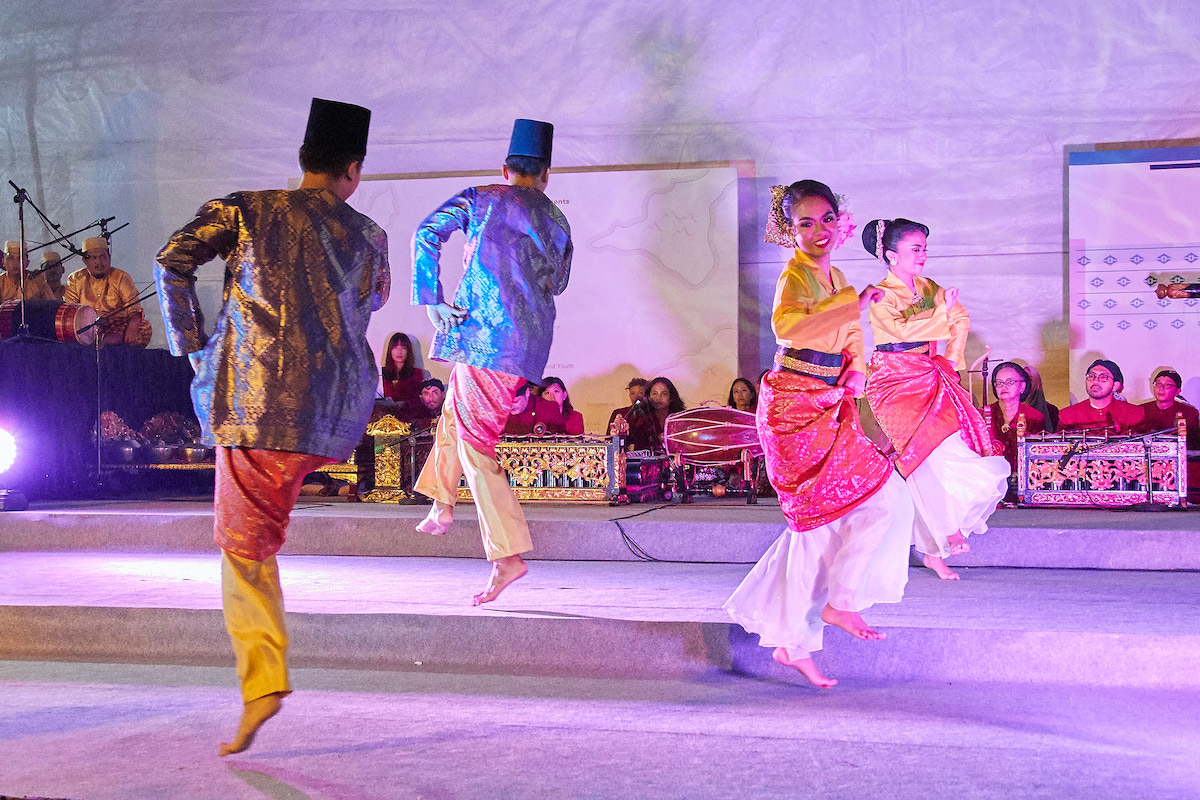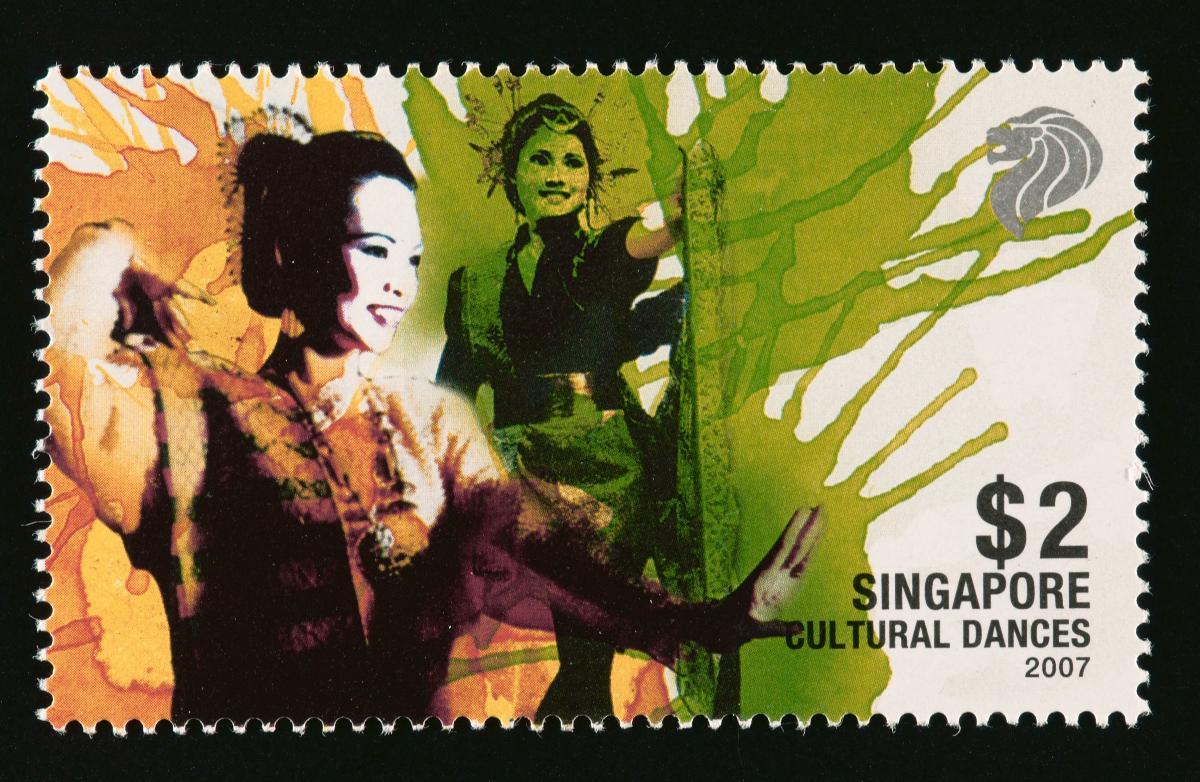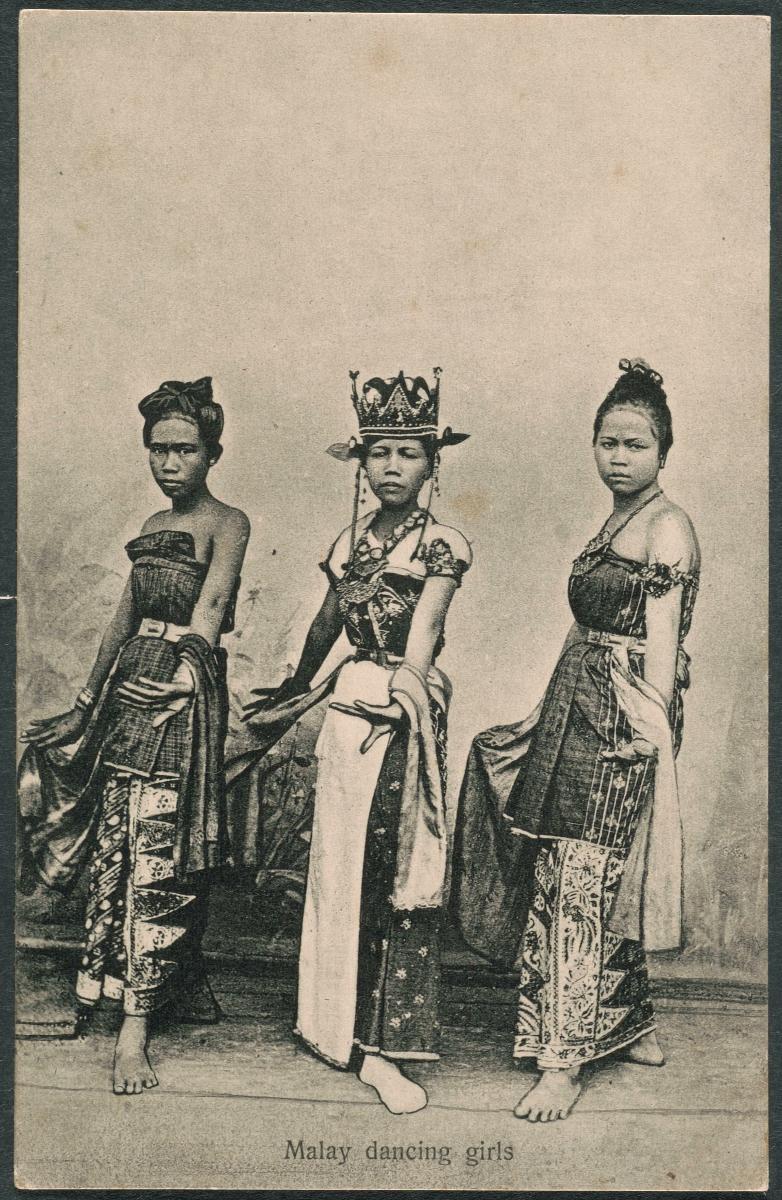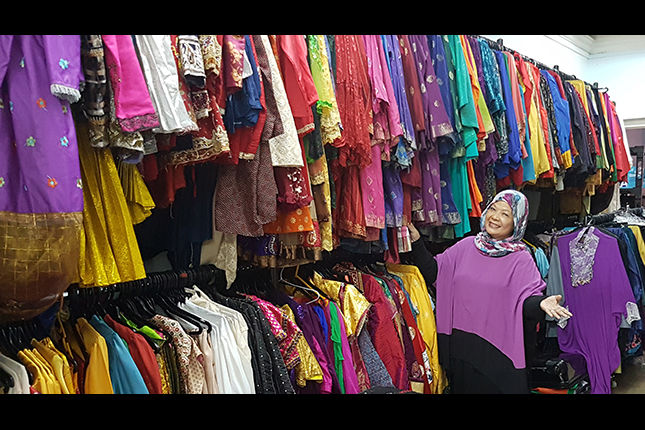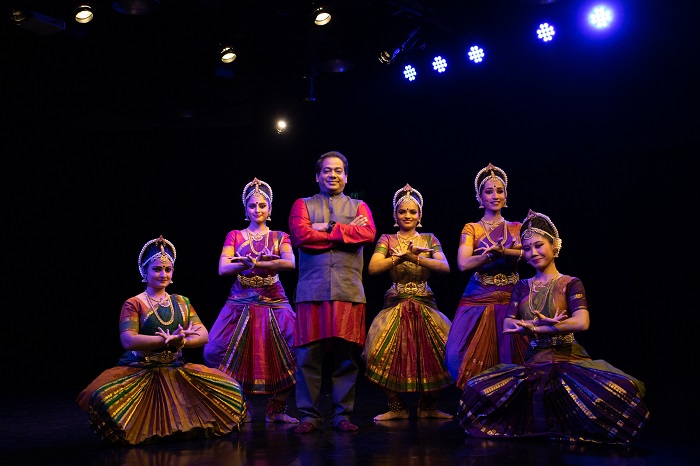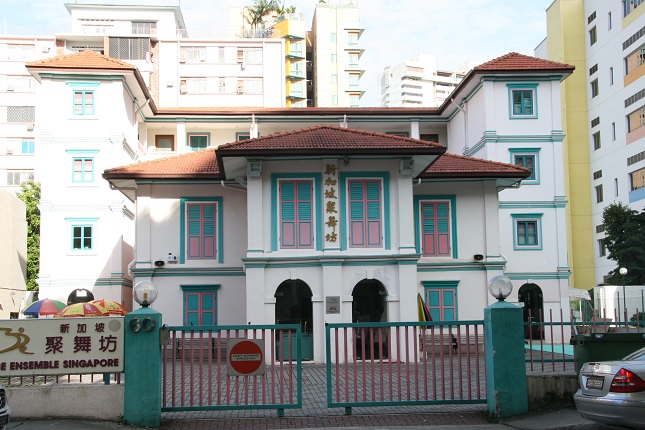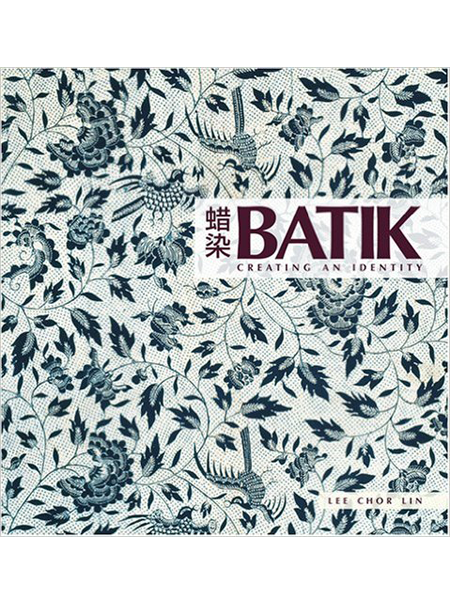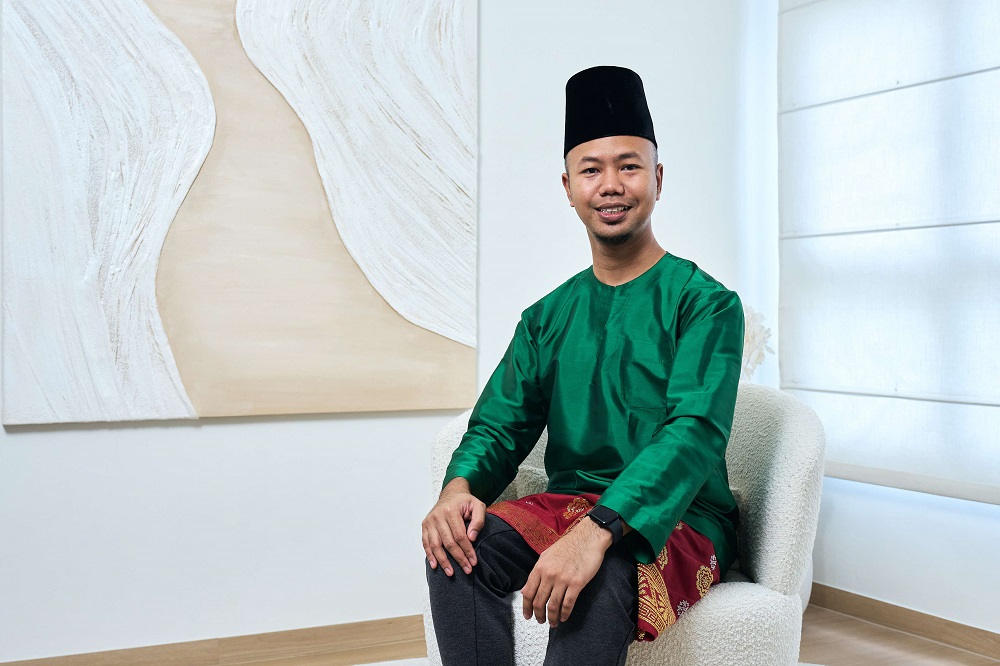Malay Dance Forms
The traditional dance forms of the Malay communities in Singapore are wide-ranging and diverse, and they include zapin, joget, asli and inang, amongst others. Most of these traditional dance forms were already popular in Singapore during the early 20th century. Today, they are performed at festive events, staged as productions, and also taught to the younger generation through performing arts schools.
Geographic Location
Zapin is believed to have been introduced to the Malay Archipelago during the 14th century by Arab Muslim communities. The dance is practised today in various countries including Malaysia, Indonesia, Brunei and Singapore. Traditionally performed only by men, the dance has evolved to include both male and female performers.
Joget is believed to have drawn influences from the Portuguese folk dance, which spread to the Malay Archipelago during the period around 16th century. Joget is also practised by the Peranakan community.
Similarly, dance forms such as asli and inang are performed in the Southeast Asia region.
Communities Involved
Malay communities in Singapore as well as various Malay dance groups are involved in the practice and transmission of Malay dance forms. For example, Era Dance Theatre organises workshops and education programmes to share on Malay dance forms to the wider public.
Associated Social and Cultural Practices
Zapin performances are usually accompanied by musicians playing violin, gambus (pear-shaped plucked lute), gendang (two-headed drum), accordion and rebana (drum). The traditional dance form has been adapted to suit different regions and each adaptation features different moves and styles of dance.
Joget is known for its lively beats and fast-paced rhythm. Joget is usually accompanied by violin, gong, flute, rebana (drum) and gendang (two-headed drum). This traditional dance is usually performed at festive events such as weddings, festivals and gatherings.
Asli is a dance form that is slow-paced, with intricate, well-defined movements and poses. The asli dance would usually start and end with gong beats. In comparison, inang, is a relatively fast-paced dance involving graceful movements. It is commonly performed by pairs of women and men at social events.
Experience of Practitioner
One Malay performing arts group who has established themselves in the scene is Sri Warisan Som Said Performing Arts Ltd. Founded in 1997, Sri Warisan has been involved in hundreds of local and international events and festivals, establishing a trademark style of blending traditional Malay forms with contemporary techniques. The group was founded by Cultural Medallion recipient Mdm Som Said.
Sri Warisan is committed to nurturing an interest in Malay performing arts among children and youth, and since 1999, has run a wide range of education programmes with schools, in particular through the National Arts Council's Arts Education Programme. They have also supported many productions and community projects with their expertise; for example, they conducted intensive Malay dance and music workshops for the cast of the Lion King musical in Singapore, Germany, China and the Philippines.
Mdm Som highlighted the importance for the younger generation to carry on these traditions of Malay dance, while embracing opportunities to express themselves through reinterpretations of the art form.
Malay dance forms continue to evolve, whilst remaining grounded in embodying and perpetuating the cultural values, lifestyles, and heritage of the Malay community in Singapore. Another notable practitioner in the field is Mr Osman Bin Abdul Hamid who has incorporated elements inspired by his life experiences . He has dedicated over four decades to the practice of Malay Dance, as a dancer, choreographer, director and educator. With an initial interest in sports rather than dance, Mr Osman’s practice of Malay dance developed through an accumulation of rich experiences, learning different dance forms under the guidance of pioneering figures such as Mr Nongchik Ghani, Mdm Som Said, Mr Salleh Buang, and Mrs Santha Bhaskar, among others.
In 2011, Mr Osman founded Era Dance Theatre, an institution that provides training and development opportunities for younger generations of Malay dancers. He has mentored generations of Malay dance enthusiasts in schools, including the Malay Dance troupe Ilsa Tari from National University of Singapore, and worked with the People's Association (PA) as the lead choreographer of PA Talents Malay Dance Ensemble to choreograph performances for Chingay Parade and National Day Parade.
Both Mdm Som and Mr Osman hope that the younger generation will embrace and carry on the traditions of Malay dance, and for them to recognise the value of these traditions as they continue the legacy of Malay dance, and as a gateway to connecting with Malay heritage.
Sri Warisan and Mr Osman were conferred the Stewards of Intangible Cultural Heritage Award in 2020 and 2023 respectively for their dedication in cultivating the interest of and transmission of skills and knowledge of Malay dance among the next generation of performing arts practitioners.
Viability and Outlook
Though the traditional dance pieces are often still performed, Malay dance groups and choreographers have also taken inspirations from different dance classics, and creating reinterpretations and new works. Its appeal and practice also extend beyond the Malay community, as evidenced by its prominent inclusion in the annual Chingay Parade.
The rich heritage of Malay dance continues to thrive through regular stage productions and performances. This is further strengthened by educational programmes, public outreach initiatives, and the unwavering dedication of practitioners and educators who skilfully adapt these time-honoured traditions to resonate with contemporary audiences.
References
Reference No.: ICH-010
Date of Inclusion: April 2018; Updated March 2019
References
Beamish, Tony. The arts of Malaya, Singapore: D. Moore, 1954.
Koh, Jaime and Ho, Stephanie. Culture and Customs of Singapore and Malaysia. ABC-CLIO, 2009.
Md Nor, Mohd Anis. Zapin: Folk Dance of the Malay World, Singapore: Oxford University Press, 1993.
National Library Board, “Musical Practice of Malay ‘Traditional’ forms”, https://eresources.nlb.gov.sg/music/Media/PDFs/Article/218d7b98-9c8c-4ca3-b95b-74b8528e38ab.pdf Accessed 15 May 2018.
Rasheed, Zainul Abidin and Saat, Norshahril. MAJULAH! 50 Years of Malay/Muslim Community in Singapore. Singapore. World Scientific Press, 2016.
Said, Nabilah. “Celebrating Malay dance heritage”, The Straits Times, 31 May 2016.




